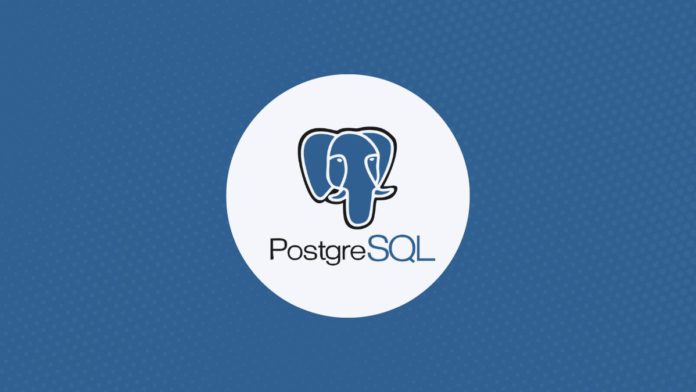Storing your organization’s dispersed data into a single centralized database can enable you to facilitate data-driven decision-making. But which database should you go for? This is a crucial question to consider before selecting any data storage solution. There are multiple databases available in the market. One popular choice for data professionals is PostgreSQL. Its popularity speaks for itself, as it has been around for more than 35 years.
According to Google Trends, the above graph demonstrates interest in the term “PostgreSQL” over the past five years. Summarizing the content of this graph, it can be concluded that interest in Postgres has been consistent over the past few years.
This article will explain PostgreSQL, its features, advantages, limitations, and the basic operations that you can perform to manage data.
What Is PostgreSQL?
PostgreSQL, or Postgres, is an open-source object-relational database management system (ORDBMS) that enables you to store data in tabular format. Compared to traditional database management systems, it offers the robustness of object-oriented programming with features such as table inheritance and function overloading.
PostgreSQL: Key Features
- Fault Tolerance: PostgreSQL is a highly fault-tolerant RDBMS. With write-ahead logging (WAL), you can track and log your transactional data. During server failure, WAL can be replayed to roll back the operations to the point of the last committed transaction.
- ACID Compliance: ACID stands for Atomicity, Consistency, Isolation, and Durability. Postgres offers high reliability by being ACID-compliant. It maintains data accuracy by eliminating incomplete transactions.
- Support for Vector Storage: An extension of PostgreSQL, pgvector, allows you to store, query, and index vector data. Using this extension, you can perform extensive vector operations, like similarity search, on your data.
- Custom Data Types: Along with pre-built PostgreSQL data types, you can define custom data types, which give flexible data structures that cater to specific applications.
- JSON Compatibility: PostgreSQL supports JSON data types, bridging the gap between SQL and NoSQL databases, allowing you to handle semi-structured data effectively.
- Table Inheritance: In PostgreSQL, one table can inherit properties from another with the help of table inheritance. This enables you to reuse the previously defined table structure and create hierarchical relationships between tables within a database.
PostgreSQL Architecture
PostgreSQL uses a client/server architecture model where a single session consists of the following operations:
- The server process manages database files. It accepts connection requests sent by the client application and executes actions based on the commands provided.
- The client application, or the front end, provides you with a way to interact with the Postgres server. There are different forms of client application. It can be a graphical tool, a text-oriented platform, or a specialized database management tool.
Like other client-server applications, the PostgreSQL client and server can be located on separate independent hosts and communicate over a TCP/IP connection. This implies that the file system on different layers of the Postgres architecture may differ significantly. Certain files might only be accessible on the client’s machine.
PostgreSQL forks, or starts, a new process for each connection to enable the management of concurrent requests. With this approach, the client and a new server can communicate without any disruption from the original server. While the client application interacts with a different server, the original service continues, waiting for a new connection.
Let’s learn about the most essential components of PostgreSQL architecture:
Shared Memory: It is the reserved memory of the Postgres architecture, which encompasses two elements: shared buffer and WAL buffer.
The shared buffer is crucial to minimizing disk IO, which depends on three conditions:
- When you must access a large number of buffers quickly.
- Minimize contention during concurrent access.
- Store frequently used blocks in buffers for as long as possible.
The WAL buffer, on the other hand, is a temporary storage space that holds changes in the database. It contains backup and recovery data in the form of WAL files.
Postmaster Daemon Process:
The Postmaster process is the initial method executed when a Postgres instance starts. It performs recovery, initializes shared memory, and runs background checks. Whenever a new client process makes a connection request, the Postmaster process manages the backend service.
Backend Process: The backend process is responsible for performing query requests and transmitting the results. It uses the local memory to execute the provided queries. This memory has different key parameters, including work_mem, maintenance_work_mem, and temp_buffers. These parameters allocate space to store data about a wide variety of operations.
Client Process: Every time you interact with the Postgres server, a new client process is created to handle the connection between the client application and the server. The Postmaster process forks a client process that manages the specific user’s requests.
Basic PostgreSQL Operations
Let’s perform basic create, read, update, and delete (CRUD) operations in Postgres. Before executing the CRUD operations, it is essential to create a database and a table that can store the data.
First, you can execute the PostgreSQL CREATE DATABASE statement.
To create a database named test, open up psql command shell and execute the command below:
CREATE DATABASE test;You can now select this database and create a table storing all your data. Execute:
\c test;Let’s create a test_table inside this database using the PostgreSQL CREATE TABLE statement. Replace the column with your preferred column names, mention their datatypes, and run the following code:
CREATE TABLE test_table(
column1 datatype,
column2 datatype,
column3 datatype,
.....
columnN datatype,
PRIMARY KEY(one or more columns)
);Create Data Record
After creating a table, you can perform the CRUD operations on this table. To insert data into the table, use the INSERT INTO command. Replace the values with different transactional row data and execute the following code:
INSERT INTO test_table
VALUES (value1, value2, value3, ___ valueN);Running the above code will add multiple rows to your test_table.
Read Data Record
To read the record that you just stored in the test_table, you can use the SELECT statement. Run this code:
SELECT *
FROM test_table;Instead of using *, which prints out the whole dataset, you can specify the names of the columns you wish to check. For example, you can also use:
SELECT
column1
column2,
----
columnN
FROM test_table;Update Data Record
If any row does not meet the business requirements and you want to update the row’s specific values, use the UPDATE statement. By specifying a condition under the WHERE clause, you can update the records of rows depending on certain conditions.
UPDATE test_table
SET
column1 = value1,
column2 = value2,
----
columnN = valueN
WHERE
condition;Delete Data Record
You might find multiple inaccuracies when working with real-world data. Although, for some cases, you can update the values, others might require you to remove the rows from the table directly. To perform the delete operation, you can use the DELETE command as follows:
DELETE FROM test_table
WHERE [condition];This code will delete the table records that comply with certain conditions that are not required.
What Differentiates PostgreSQL from Other Relational Databases?
Now that you have a thorough understanding of PostgreSQL, how it works, and a few basic operations, let’s explore how it differs from other RDBMS.
The ODBMS functionality of PostgreSQL is the key differentiating factor that shapes its ability to manage complex operations. With the object-oriented approach, you can communicate with databases using objects, define custom data types, and define inheritance—parent-child relationships—between tables.
Compared to other relational databases, PostgreSQL provides more flexibility. Instead of defining logic outside the database, you can model different relationships and data types within a single platform.
Use Cases of PostgreSQL
- OLTP Database: PostgreSQL provides online transaction processing (OLTP) capabilities, which is why various financial institutions, startups, manufacturers, and large enterprises use it as a primary data store.
- Dynamic Application Development: With PostgreSQL working on the backend of the application, you can develop a robust system to handle complex real-world problems. Utilizing tech stacks like Linux, Apache, PostgreSQL, and Python/PHP/Perl (LAPP) allows the development of dynamic applications.
- Geospatial Database: PostgreSQL offers a PostGIS extension that enables you to use and store geographic objects with your relational data. With this extension, you can work with location-based services and geographic information systems (GIS).
- Federated Databases: With JSON support and Foreign Data Wrappers, PostgreSQL allows you to interact with data from dispersed locations in various formats. You can use this database as a federated hub for polyglot database systems—an architecture that uses numerous data storage technologies.
Limitations of PostgreSQL
- Lack of Horizontal Scalability: PostgreSQL lacks horizontal scalability. You can use it to scale up applications, but scaling out is not supported. Although Postgres has scalability features like sharding, it becomes challenging to manage new database instances, especially if the schema change occurs.
- Unplanned Downtimes: Even though PostgreSQL is resilient to outages, it might not be able to handle unexpected events. Events like high web traffic, storms impacting data centers, and cloud provider system outages can cause unplanned downtimes. These circumstances can also affect the failover procedure, causing data inconsistency.
- OLAP Limitations: PostgreSQL is a prominent choice for OLTP databases. It also offers some online analytical processing (OLAP) functionality. However, when you use Postgres as an analytics database, its capabilities are limited. To overcome this obstacle, you can use another solution, such as a data warehouse, like Amazon Redshift, with Postgres.
Key Takeaways
PostgreSQL is a popular database that allows you to store and retrieve transactional information. Incorporating this database into your data workflow enables you to manage large volumes of data.
However, with the wide range of features, it is necessary to understand the limitations of using a data storage solution like PostgreSQL. Considering all the advantages and disadvantages enables selecting an RDBMS system that can effectively complement your existing tech stack and business rules.
FAQs
Is PostgreSQL free or paid?
PostgreSQL is open-source and free to use. However, the managed Postgres services, like the one deployed on AWS, Azure, or GCP, have associated costs.
Is PostgreSQL similar to Oracle?
Both PostgreSQL and Oracle are ORDBMS. However, directly calling them similar would be unfair as the two have multiple differences. Oracle is a proprietary tool, while Postgres is an open-source tool.
Which is better, MySQL vs PostgreSQL?
Choosing between MySQL vs PostgreSQL depends on the specific application. If you wish to achieve object-oriented features with a relational database, you can select Postgres. On the other hand, if you want to use an easy-to-use system to store tabular data and perform basic functionality, you can go for MySQL.


